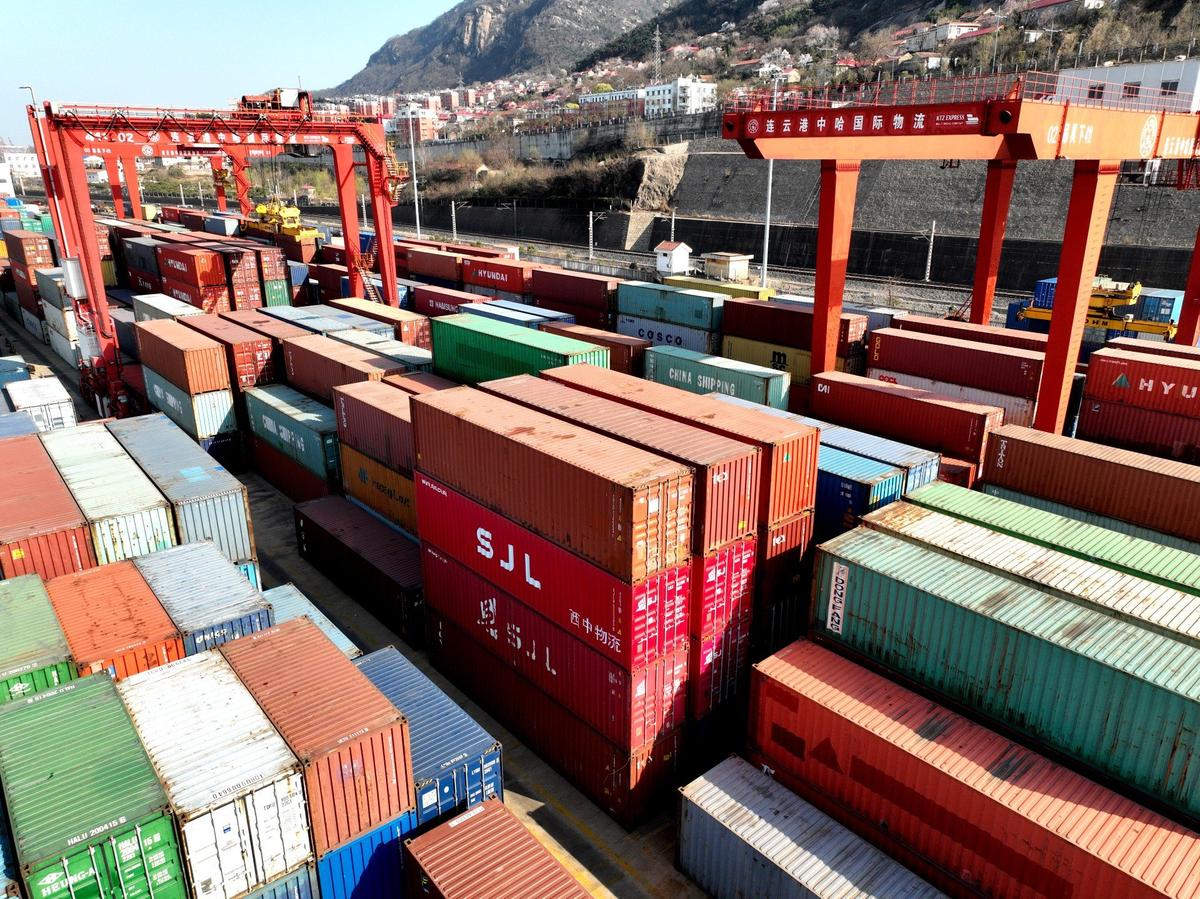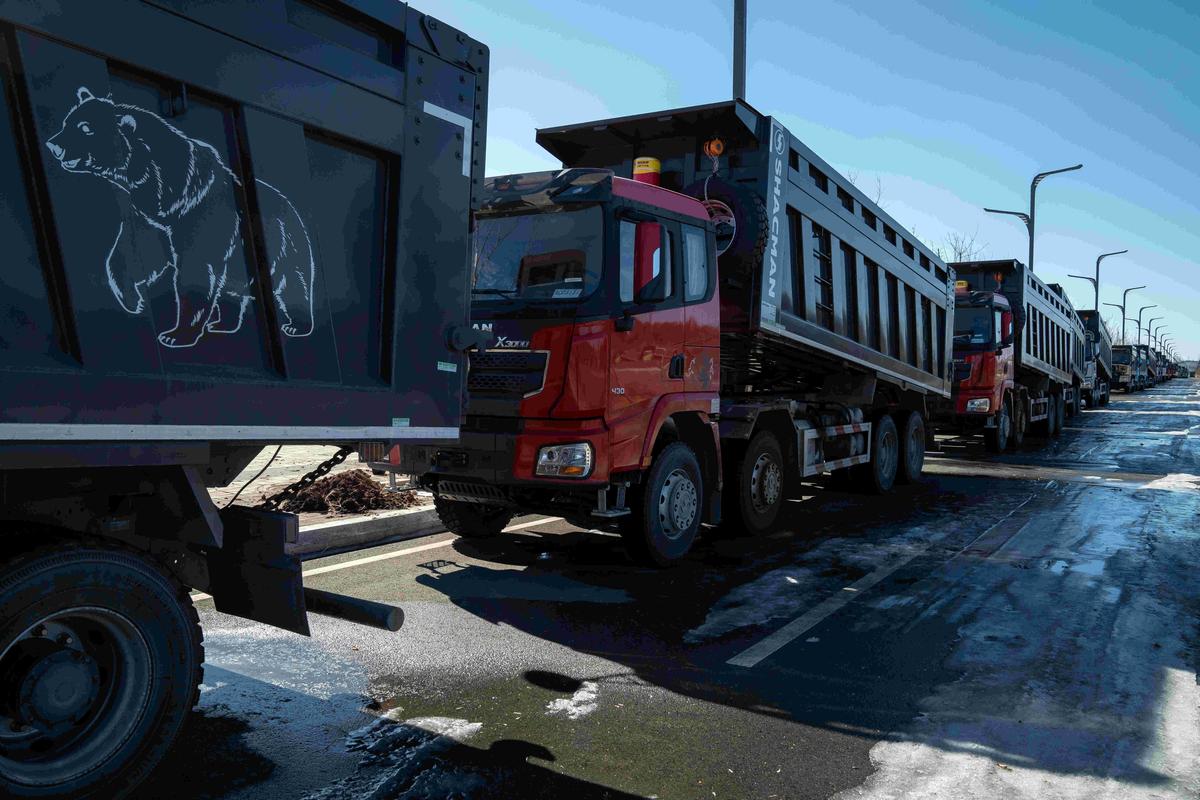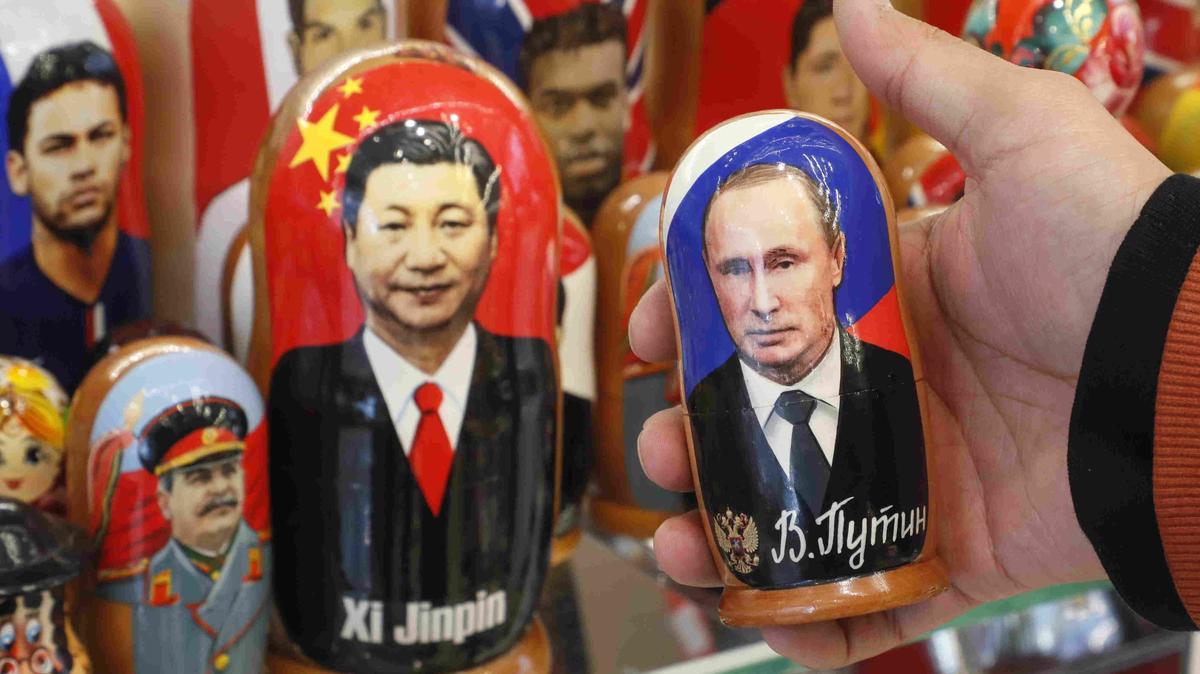President of the People’s Republic of China Xi Jinping arrived in Moscow for a diplomatic visit on Monday. From a PR perspective, this is a win-win for both sides. The Chinese leader recently played the part of a negotiator in the Middle East, brokering peace between Iran and Saudi Arabia. Meanwhile, it’s important for Vladimir Putin to demonstrate that he still has influential friends, even after The Hague issued an arrest warrant with his name on it. Although if this dynamic can be called a friendship, then it’s not an equal one — Russia currently needs China more than China does Russia.
This applies to all fields, from natural resources trade to military ties and technology exchange. Thus, the attempt of building a “multipolar world order” via the war with Ukraine can lead to a “soft colonisation” of Russia by the neighbouring superpower.
These are major historical processes which are currently hard to speculate about — no one knows in what form the Russian state will exist after the end of the war. But we can take a look at what economic connections Moscow has been able to establish with Beijing so far.
The Kremlin began “turning towards the East” back in 2014, despite the fact that people did not take it too seriously back then. The war changed things. The trade turnover between the two countries has more than doubled since then and reached $189 billion.
Last year, China became Russia’s largest trading partner, accounting for about 20% of all Russian exports and 30% of imports.
Furthermore, starting from August 2022, the share of Chinese imports to Russia increased up to 50-60%. There is only one country more dependent on China’s imports — North Korea.
At the same time, Russia is selling nearly 1.5 times more than it is buying. Beijing is interested in cheap Russian energy carriers that are no longer being imported to European markets, however, China is not ready to increase exports to Russia with the same velocity. The imbalance is not as dramatic as the one with India, which increased Russian oil purchases five-sixfold up to $30 billion while its exports to Russia amounted to only $2 billion. Another thing of note is that the Kremlin has found a use for the yuan, unlike the rupee.

Photo: CFOTO / Future Publishing / Getty Images
The “dedollarisation” of the Russian economy is also no longer a myth, it is a daily reality for financial markets. Recently, the Chinese currency overtook the dollar during the Moscow Stock Exchange trading for the first time in history, while the share of export payments in yuan last year increased by thirty times (up to 16%).
Russia’s Central Bank is now also carrying out currency transactions using the yuan, but not because it enjoys doing so — the dollar and euro are out of reach of the Russian government due to the sanctions. But for now, the yuan has been succeeding in its new role of a reserve currency, despite the difficulties with conversion, the controllability of the exchange rate, and the limited liquidity.
Finally, Beijing and Moscow are continuing their military and technological partnership.
China provides Russia with parts for drones and microchips used in ballistic missile production.
Due to this choice, China’s defence enterprises even sometimes end up falling victim to the US secondary sanctions. However, Beijing doesn’t cross the red lines — the trade of dual-use goods is being conducted carefully, at a reduced level, and has, as of now, not reached the stage of direct arms supply (despite the rumours about China considering that option).
The redirection of trade flows, transition to using the yuan, and third countries’ help with evading the sanctions allowed the Russian government to avoid an economic catastrophe in 2022. The Chinese partners, in return, made money off of Russia’s international isolation and earned a useful anti-American rhetoric ally.
But for Beijing, this union is way more important politically than economically — and that’s the main aspect of the imbalance in the Russian-Chinese relations. Trade with Russia makes up only 3% of China’s foreign trade turnover, four times less than with its main geopolitical adversary — the US.
Even when it comes to Russian key exports — oil and gas — Russia comes second to Saudi Arabia and Turkmenistan respectively. Moscow exports about half as much as the other two countries.

Chinese-made trucks soon to be on their way to Russia from Heihe, 20 March 2023. Photo: Bloomberg
The Chinese government is happy to support any action taken against the “American hegemony” verbally, however, it is not eager to invest in Russia. Whenever the sanctions issue arises, China chooses foreign markets. This doesn’t mean that Russia will be left with nothing, just that instead of cutting-edge technologies, the main imports the country will enjoy will be Chinese packaged goods and electronics of mediocre quality.
As of now, the symbiosis of Russian raw materials and the Chinese industrial complex is a win-win scenario for both countries. But while Moscow clearly wants to strengthen this situational union, Beijing is satisfied with the passive role as the buyer of Russia’s cheap oil. This position simultaneously serves foreign policy objectives, makes Russia dependent on China, and lets Beijing benefit from trading with the entire world.
Following this war, Russia will only weaken its economic sovereignty — and will begin a long journey to becoming Belarus, which turned into a satellite of its bigger neighbour. The same can’t be said for China, which understands the balance between its political and economic interests far better.
Join us in rebuilding Novaya Gazeta Europe
The Russian government has banned independent media. We were forced to leave our country in order to keep doing our job, telling our readers about what is going on Russia, Ukraine and Europe.
We will continue fighting against warfare and dictatorship. We believe that freedom of speech is the most efficient antidote against tyranny. Support us financially to help us fight for peace and freedom.
By clicking the Support button, you agree to the processing of your personal data.
To cancel a regular donation, please write to [email protected]

